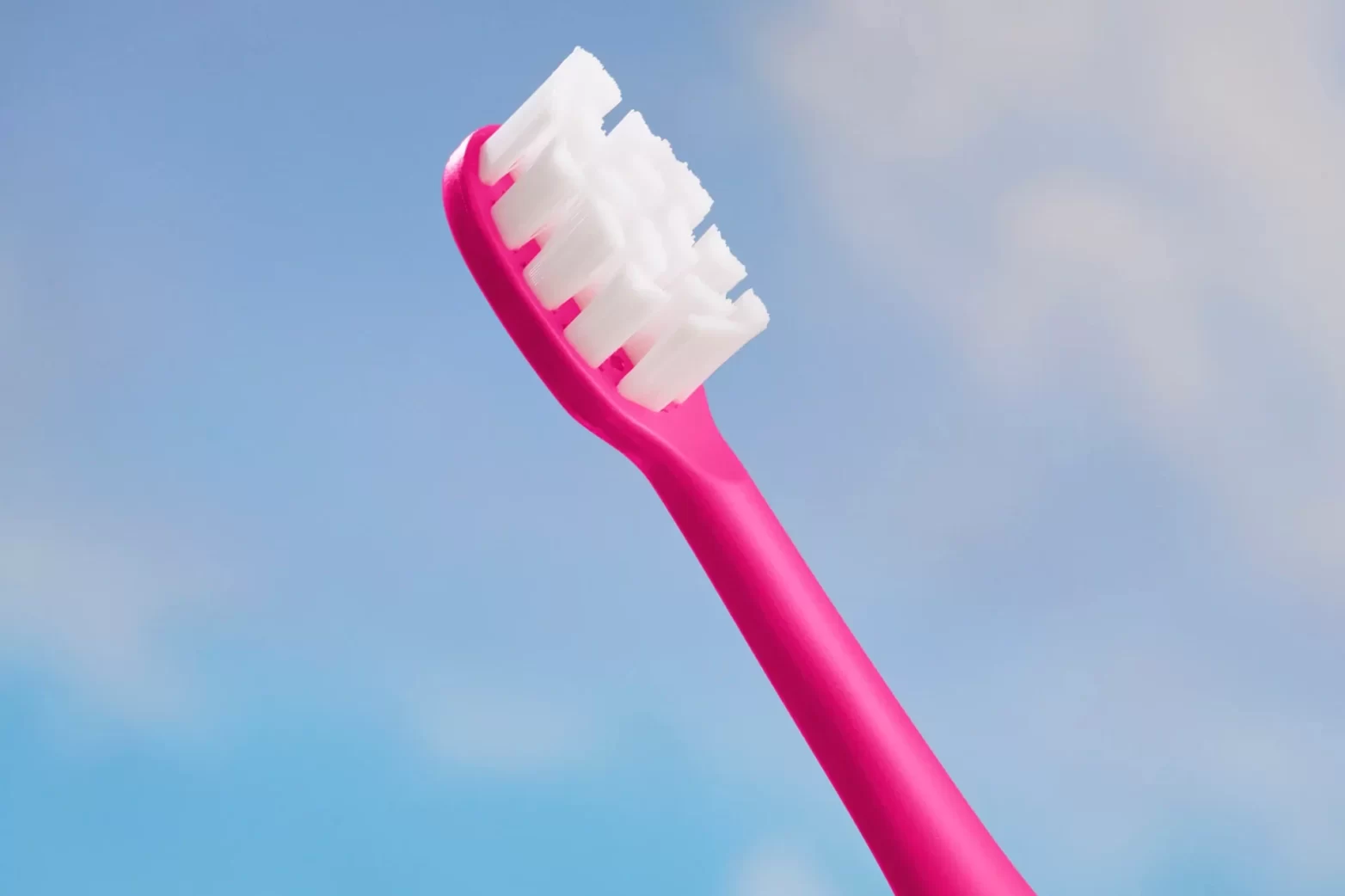
Did you know that the average toothbrush can contain more than 10 million bacteria, including E. coli and Staph? Did you also know that you can avoid the spread of those germs by regularly cleaning your toothbrush? It is recommended that you change your toothbrush or electric toothbrush head every three months or after you have been sick to avoid the spread of germs. However, cleaning your toothbrush regularly can remove other harmful bacteria that can potentially jeopardize your oral health. Now more than ever, it is crucially important to take appropriate safety measures and avoid the spread of germs and viruses. To help you keep your toothbrush germ-free, we have compiled a list of the safest and most effective ways you can clean your toothbrush (and keep it clean) at home.
Soak your toothbrush in a cup of antibacterial mouthwash – mouthwash containing alcohol will kill off more of the bacteria. Stir the bristled end of your toothbrush or electric toothbrush head around for 30 seconds, this will loosen any food particles, hardened toothpaste or germs from the last use.
Soak your toothbrush in a cup of water with 2 teaspoons of baking soda. Baking soda has antibacterial activity and has been found to kill bacteria that is a major contributor to tooth decay. However, baking soda may be ineffective against fighting salmonella, E. coli and Staph, and has been linked to destroying the oral microbiome, which many dental professionals deem counterproductive to achieving optimal oral health.
Although this biodegradable alternative cannot kill dangerous bacteria like Staph, vinegar can be an effective disinfectant against some bacteria and viruses, including the flu. Stir the bristled end of your toothbrush or electric toothbrush head in a cup of vinegar for 30 seconds to breakdown and remove food proteins, bacteria and hardened toothpaste.
Keep your toothbrush is a 3% Hydrogen Peroxide solution – mix 1 teaspoon of Hydrogen Peroxide in 1 cup of water. Make sure that you use enough solution to cover the head of the toothbrush and change the solution daily for an effective clean. Remember, Hydrogen Peroxide has antimicrobial properties but can be harmful and should only be used at concentrations lower than 3% to disinfect.
Sanitize your toothbrush or electric toothbrush head by soaking it in a cup of water with a denture cleaner tablet. These antibacterial cleaning products work by breaking down food protein and bacteria deposits, and loosening particles stuck between the bristles. These cleansers are formulated for oral use, so this is a safer disinfectant option if you are wary about using Hydrogen Peroxide or other solutions.
Brushing your teeth for two minutes, twice a day is very important. The cleanliness of your toothbrush is equally important when it comes to the quality of brush your smile is getting.




Your foundation for a lifetime of healthy smiles. We offer comprehensive care to keep your teeth and gums in top condition, ensuring lasting oral health.
Learn More

Your foundation for a lifetime of healthy smiles. We offer comprehensive care to keep your teeth and gums in top condition, ensuring lasting oral health.
Learn More
